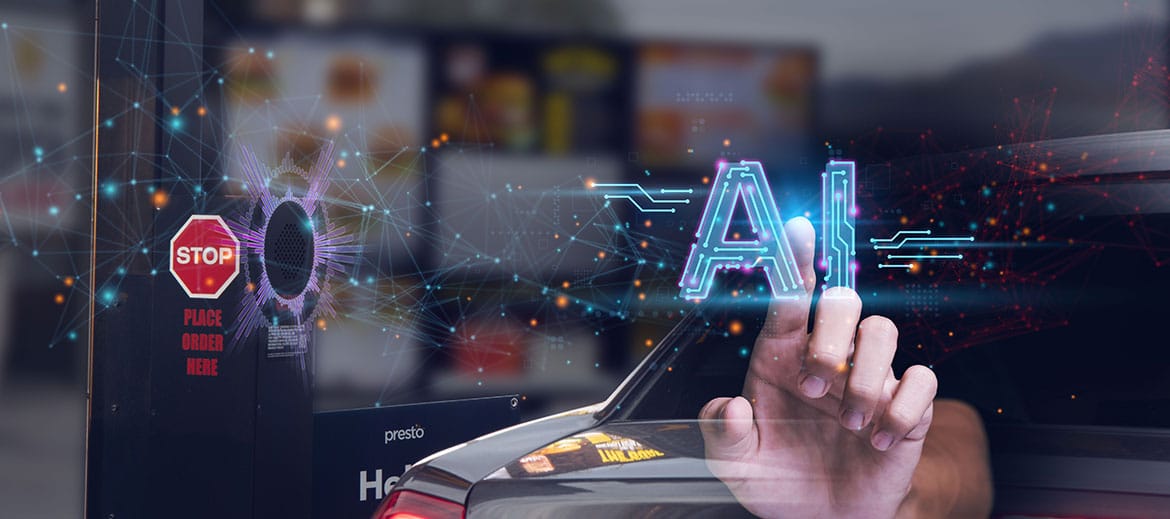The $15 minimum wage has become an unavoidable talking point for the restaurant industry. The Senate may have removed it from discussion for the time being, but it will likely become a reality with how hard the Democrats are pushing for it right now.
Doubling the minimum wage from its current level will cause drastic changes in restaurants. But will it doom them? Or will restaurants come out of this change stronger than ever? We envision that it will inspire restaurants to get creative about transforming their businesses and foster a hospitality renaissance.
Staff Turnover May Decrease
Historically, the restaurant industry has always shown higher employee turnover compared to other sectors. The restaurant industry employs a high proportion of teenagers and students. This workforce may quickly move onto a second job and doesn’t work on a full-year schedule. Restaurants also typically boost staffing during the summer months and holidays.
The number has been ticking higher, however. The hospitality sector saw a turnover rate of 74.9% in 2018. What has changed? The gig economy has been thriving with the growth of companies like Amazon and Uber that offer workers more flexible means of earning extra income.
By offering more competitive wages, restaurants may be able to retain staff better. As staff turnover decreases, team morale will grow and lead to longer term work relationships. Restaurants could end up saving big; the Center for Hospitality Research at Cornell estimates the average cost of employee turnover for a guest-facing staff member to be $5864 per person!

Hiring Will Be Difficult
But that’s not to say that all labor woes will go away. The gig economy is a fierce force that has grown by 6 million people in the past 10 years. When millions of people lost their jobs during the pandemic, they turned to the gig economy. Many of them came from the restaurant industry. Workers began to turn away from restaurants due to virus exposure risk as well.
Who’s to say that they will return to restaurants? What would entice them to come back? In the meanwhile, the gig economy grew 33% in 2020. As the fight for more benefits grows, it may become even more attractive to become a gig worker. The labor shortage in the restaurant industry will only increase in coming years.
Menu Prices Will Increase
Increasing menu prices will likely be the first go-to solution that restaurants use to combat rising labor costs. CEOs from large chains like Waffle House, Potbelly’s, and The Cheesecake Factory have already expressed the possibility of doing so. Some like Texas Roadhouse have already raised menu prices in response to state minimum wage regulations.
Restaurants, especially full-service concepts, will need to be extra careful about raising menu prices. The move could easily backfire and turn loyal customers towards competitors. There needs to be a balance. To survive, restaurants that increase menu prices must provide a corresponding increase in the guest experience. Alternatively, they could turn to other means of decreasing operating costs to lower the customer’s burden.

Restaurateurs Will Adopt More Technology
Restaurateurs who seek to offer their guests a high value dining experience will turn to technology to improve profit margins. In fact, many already turned to QR code ordering and payment solutions last summer to solve the pandemic labor crunch. What’s more, these self-serve technologies enable guests to interact more closely with concepts through personalized menus, built-in surveys, and loyalty redemption.
Full-service restaurants will finally embrace technology as a full-fledged solution for driving profitability. The technology arms race will only accelerate among quick-service restaurants (QSRs). Drive-thru demand and competition have grown so much that operators can’t afford to tack further costs onto the customer. QSRs will see more adoption of technologies that expedite throughput and labor efficiency.
The Guest Experience Will Improve
Whether or not guests end up paying significantly more to restaurants, one thing is for certain: they will enjoy a new and improved dining experience. Restaurants owners can transform operations and staffing however they want. But they can’t let the guest experience suffer for the changes. Increases in operational efficiency will cater to growing guest demand for speed. Technology adoption will satisfy increasing interest for digital convenience and personalized experiences. The new $15 minimum wage will result in a win-win situation for staff and guests.
We all like a happy ending, but that doesn’t make the change any easier. We love to help restaurants make transitions painlessly. Our enterprise-grade technologies can help you one-up your competition while alleviating growing labor costs. Schedule a 15-minute demo with our experienced team by sending a quick message to info@presto.com. We’re ready to take your business to the next level.



